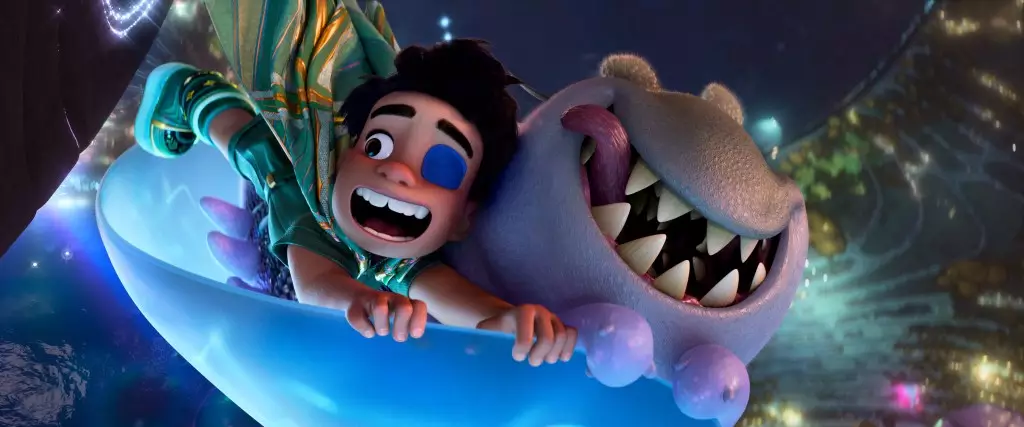The recent opening of Pixar’s latest feature, Elio, which limped away with a mere $21 million, marks a grim moment in the landscape of animated cinema. This figure not only reflects the lowest box office performance for Pixar to date but also raises alarming questions regarding the viability of original animation in a post-pandemic world. Despite receiving a respectable Rotten Tomatoes score of 84%, the film has emerged as a cautionary tale that highlights the challenges original narratives face amidst a saturation of sequels and adaptations.
The Growing Divide: Original Vs. Derivative
According to Doug Creutz of TD Cowan, the chasm between original animation and sequels has widened significantly since the COVID-19 pandemic, creating an atmosphere that greatly favors franchise-driven content. This trend is unsettling, especially for studios like Disney, whose hallmark has traditionally been innovation in storytelling. The reluctance of audiences to embrace new concepts has led to the paradox where studios may opt to produce fewer original intellectual properties (IPs) moving forward. This self-reinforcing cycle threatens to stifle creativity and reduce the opportunities for fresh narratives to emerge.
Investor Anxiety and Its Implications
Simply put, the financial implications of this trend extend beyond film performance; they resonate deeply with investor sentiment. Following the news of Elio’s dismal showing, Disney’s stock price experienced fluctuations, highlighting how a film’s success—or lack thereof—can impact perceptions of the company’s broader financial health. Although daily stock movements can be fickle, the underlying anxieties stemming from a struggling theme-park pipeline serve as a serious warning. Theme parks are a cornerstone of Disney’s revenue strategy, and a lack of new compelling stories can jeopardize even their longstanding success.
Intellectual Property as a Lever for Innovation
Dennis Spiegel, a theme park consultant, astutely notes that intellectual property has become the bedrock of the modern theme park experience. While Disney’s annual park revenue exceeds $34 billion, the absence of innovative new properties puts the entire ecosystem at risk. Projects like Inside Out 2 and Moana 2 may generate significant financial returns, but they do little to inject fresh life into the creative pool from which new attractions are drawn. Furthermore, the success of venerable franchises like Toy Story does not automatically translate to new, enriching experiences in Disney parks.
The Consequences of Complacency
The historical performance of animated films supports Creutz’s observation: original titles from Disney and Universal have averaged just $412 million, starkly contrasting with the $844 million average amassed by sequels released during the same time. This reveals an uncomfortable truth—the entertainment industry is at a crossroads. The over-reliance on established franchises poses a significant risk of creative stagnation. If audiences are not presented with compelling new stories, they may become desensitized over time, leaving studios to rely more heavily on rehashing old narratives.
In an industry ever-evolving with audience expectations, the results of Elio’s performance may serve as a crucial inflection point. With a landscape increasingly dominated by predictable franchises, the question remains: will studios rise to the occasion and champion daring new stories, or will they cower in the shadows of profit-driven caution? The answer could determine the fate of animated storytelling for generations to come.
